Teacher Portal
Electricity and Magnetism
CELL Guide
CELL Guide
Electricity and Magnetism

LabLearner’s 3-D Approach to Scientific Inquiry
Phase 1 – Defined Understanding
The defined boundaries of this phase provide a framework for engaging parents and identifying students’ current knowledge of the key topic(s) explored in this CELL.
Phase 2 – Dynamic Understanding
Change, activity, and progress characterize the dynamic phase. Its design will enable you to enhance students’ existing skills, interests, and understanding, as well as meaningfully build new ones.
Phase 3 – Deeper Understanding
By this point, students have moved through powerful and purposeful tasks that had them actively and intentionally construct an understanding of concepts. In this final phase, students will consolidate knowledge and make deeper connections among ideas.
Phase 1 – Defined Understanding
► Questions to Investigate in this CELL
- What is the relationship between voltage, current, and resistance?
- How do the dimensions of a resistor affect current?
- What is the relationship between electricity and magnetism?
- What factors affect the strength of an electromagnet?
► Parent Newsletter
Encourage parents to connect to their child’s learning by providing them with a framework of the CELL. Use this link to access and share the Parent Newsletter.
► Baseline Assessment
Assess students’ current knowledge of the topic(s) being explored then set instructional and student learning goals. Use this link to schedule then invite students to take the Pre-test for the CELL.
Phase 2 – Dynamic Understanding
► Introduction and Fun Facts
Enhance your conceptual understanding by reading the student-level research on the topic(s) being explored. Use this link to access the research.
____________________________________________
► Links to Investigations
Go directly to the Investigation you are working on by clicking on a link below:
► Investigation 1
► Investigation 2
► Investigation 3
► CELL Vocabulary
Investigation 1:
- Current: the amount of charge that passes a given point in a specified period of time, measured in amperes (amps, A). The direction designated for current flow is opposite from the direction of the flow of electrons in a circuit. In a closed circuit powered by a battery, the direction of current flow is from the positive terminal to the negative terminal of the battery.
- Current Electricity: Current electricity is an electrical charge in motion. It is the flow of electrons through a complete circuit of conductors.
- Electric potential: the potential energy per unit of positive charge. Measured in volts.
- Multimeter: an instrument used to measure current, voltage, and resistance.
- Ohm’s Law: the ratio of voltage to current is resistance and is represented by the equation R = V/I, where R = resistance, V = voltage, and I = current.
- Potential difference: the difference in electric potential between point A and point B. In a circuit, point A and point B represent the positive and negative terminals of a power source such as a battery. Also known as voltage. Measured in volts (V).
- Resistance: the decrease in the flow of electrons and current due to a change in the diameter or material of a wire. Resistance is measured in ohms (Ω).
- Resistor: any wire in a circuit which causes a decrease in the flow of current due to its diameter or material. An example would be the filament in a light bulb. Also, any wire placed into a circuit specifically to maintain the flow of electrons and current at a specific level.
- Static Electricity: Static electricity results from an imbalance between negative and positive charges in objects.
Investigation 2:
- There are no new Key Terms introduced in Investigation 2.
Investigation 3:
- Tesla (T): Unit of measure for the magnitude of a magnetic field.
► Access Scoring Rubric
Examine the scoring rubric for this CELL so that you know what your teacher is looking for in terms of performance.
Tips for Success:
Google Classroom
Phase 3 – Deeper Understanding
►Deep Analysis Classroom Discussion
These questions can be used to elicit in-depth discussions based on the lab experience. Teachers may use any or all of these discussion points depending on the time available. All Investigations‘ Deep Analysis questions as well as the Comprehension Check for the entire CELL are found on this link.
►CELL Summary
Review the key ideas and learning goals for the CELL via this link.
► Summative Assessment
Evaluate student learning at the end of the CELL by comparing the Summative Assessment to students’ Baseline Assessments. Use this link to schedule then invite students to take the Post-test for the CELL.

